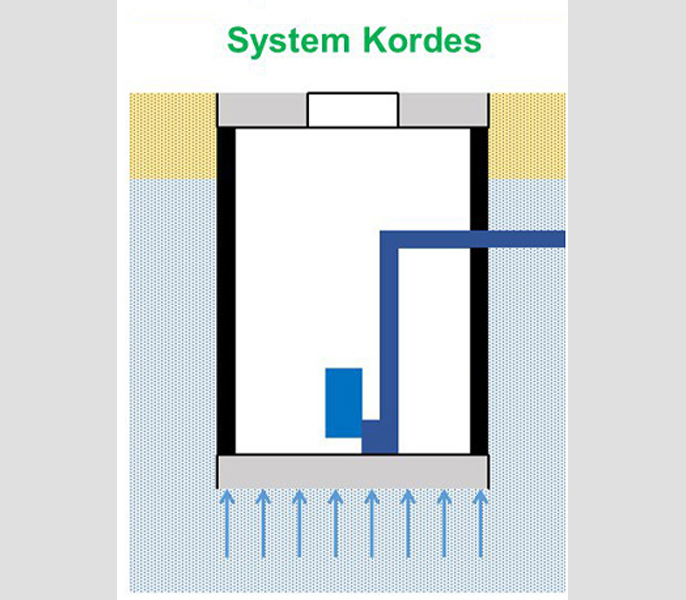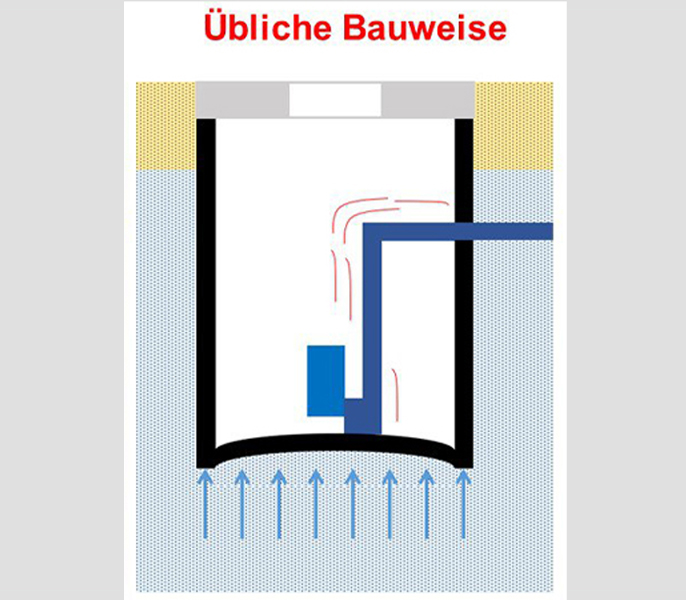Über Cookies
Wir verwenden Cookies, um Inhalte und Anzeigen zu personalisieren, um Funktionen für soziale Medien bereitzustellen und um unseren Datenverkehr zu analysieren. Wir geben auch Informationen über Ihre Nutzung unserer Website an unsere Partner für soziale Medien, Werbung und Analysen weiter, die diese mit anderen Informationen kombinieren können, die Sie ihnen zur Verfügung gestellt haben oder die sie aus Ihrer Nutzung ihrer Dienste gesammelt haben. Sie stimmen unseren Cookies zu, wenn Sie unsere Website weiter nutzen. Übersetzt mit www.DeepL.com/Translator (kostenlose Version)
Notwendige Cookies helfen dabei, eine Website nutzbar zu machen, indem sie grundlegende Funktionen wie die Seitennavigation und den Zugang zu geschützten Bereichen der Website ermöglichen. Ohne diese Cookies kann die Website nicht richtig funktionieren.
Preference Cookies ermöglichen es einer Website, sich an Informationen zu erinnern, die die Art und Weise, wie sich die Website verhält, wie Ihre bevorzugte Sprache oder der Region, in der Sie sich einhalten, verhält oder aussehen.
Statistik-Cookies helfen Website-Betreibern zu verstehen, wie Besucher mit Websites interagieren, indem sie Informationen anonym sammeln und melden.
Marketing-Cookies werden verwendet, um Besucher auf verschiedenen Websites zu verfolgen. Ziel ist es, Anzeigen zu schalten, die für den einzelnen Nutzer relevant und ansprechend sind und damit für Verlage und Drittanbieter wertvoller sind.
Nicht klassifizierte Cookies sind Cookies, die wir zusammen mit den Anbietern der einzelnen Cookies klassifizieren wollen.





